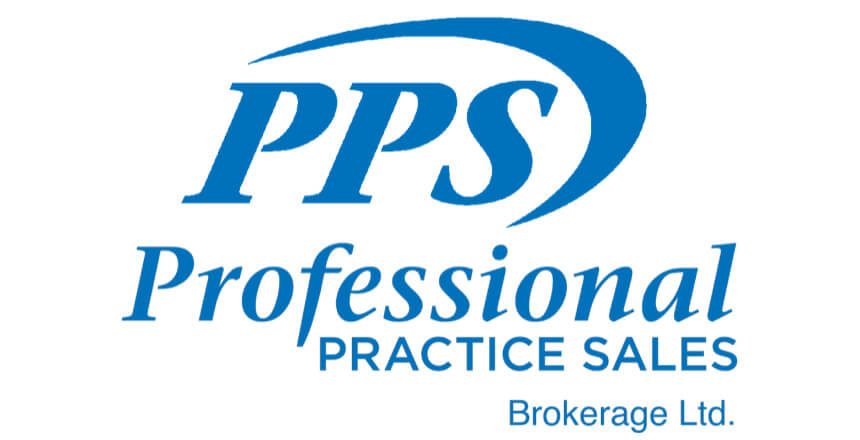
Share on Facebook
Share on Twitter
Share on linkedin
I have been trying to understand the different digital X-rays that are available today. Which one is best? I have compiled some notes for consideration.
- Both the scanned photo phosphorous plate method (Scan X type) and the direct digital sensor systems (Schick type) require computer and monitors in the operatories to view the digital X-rays. Typically when adding computers in the operatories one should consider the whole dental computer system in the practice (this could have an additional cost). It is not only the cost of the computers and monitors but there could be software and such other hardware costs as the mechanical arms that hold the TFT (flat-panel) monitors. Please do not use the cathode ray type monitors.
- When a practice goes digital for X-rays, one must check to ensure that the existing Xray units are compatible for digital regardless of which system you purchase.
- If there is a panoramic system in the practice, to be totally digital (i.e., no film processor), you should purchase a digital pan or use the Scan X type system which scans pans. This unit costs more than a standard bite wing type scanner. With the Schick type bite wing system a digital pan would be necessary and complementary to the Schick system. A new digital pan is about $35,000 and up.
- Both systems eliminate the film processor and one would be seen as being GREEN friendly by removing the film processing chemicals.
- The reduction of the X-ray wave strength for the wired sensor type units to about 10 per cent of a standard film setting is a positive perception for the patient. The Scan X type system is about 20 to 30 per cent of the film setting, which is also very positive.
- I understand that the photo phosphorous plate of the Scan X type system can deteriorate over time and are more apt to be damaged but their replacement is quite inexpensive (i.e., four for $100.).The Schick type system is more durable and I understand that they can be purchased with a five year warranty. After that the replacement would necessitate the purchase of a new sensor which in today’s cost would be in the $8,000 range.
- Dentists tend to be more comfortable with the photo phosphorous plate as it is more like the film that they have been using. I have heard that the wired sensor is perceived to be too thick.
- The Scan X type system requires the additional step of scanning the image off the photo phosphorous plate whereas the Schick system is electronically transmitted directly to the monitor for an instant image.
- I believe that film processing for X-rays will go the same way that digital cameras are eliminating film in family photograph. I believe that patients will expect their dentist to use digital X-rays to reduce the X-ray exposure regardless of the limited exposure that Xrays give off.
- If the fair market value of your equipment, leasehold value and inventory of supplies is less than 25 % of your billings, you have the scope to put in digital X-rays. If you are noticeably over 25 % for the assets to billings ratio, you have less scope to get involved with digital X-rays. This 25 % is not magical but it is a good indication of a balanced practice that I have mentioned before. It is called investing in your practice over the long run. If you are billing $1,000,000 the practice should look like a million dollar practice and digital X-rays can help.
In summary each system has advantages and disadvantages and each dentist should consider which best suits their practice requirements. Understand the total cost before going into digital X-rays.
Graham R. Tuck
Share on Facebook
Share on Twitter
Share on linkedin
